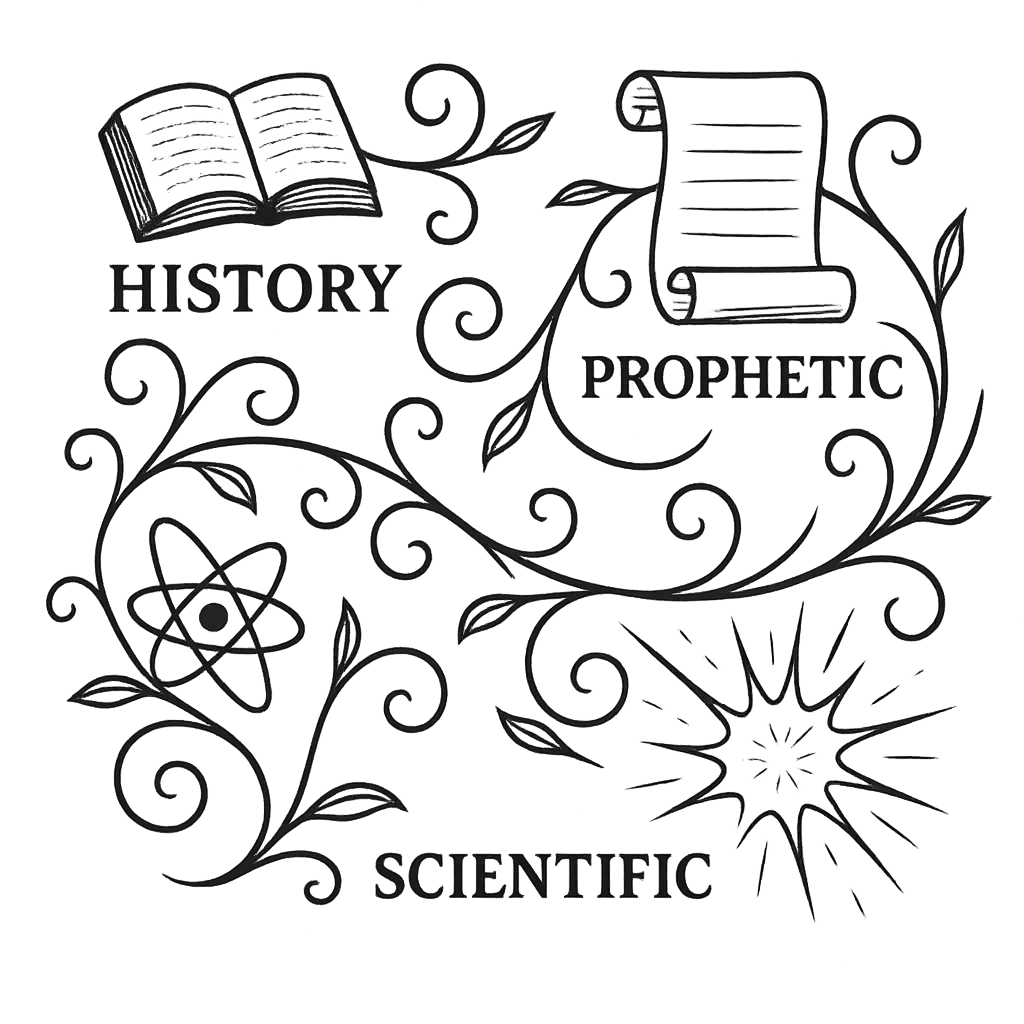Author: Matthew Frisbee
-
The Merneptah Stele: The First Mention of Israel in History
— by
in HistoricalFew discoveries have been as important to understanding early Israel’s history as the Merneptah Stele. This Egyptian monument, created around 1208 BCE, contains the earliest known reference to “Israel” outside the Bible — confirming the existence of Israel in Canaan by the late 13th century BCE. 🏺 Discovery and Historical Context The Merneptah Stele was…
-
The Mesha Stele (Moabite Stone)
— by
in HistoricalFew archaeological discoveries have illuminated the biblical world quite like the Mesha Stele, also known as the Moabite Stone. Unearthed in 1868 at Dibon (modern-day Dhiban, Jordan), the stele stands as a vivid first-person account from King Mesha of Moab — a nation often at odds with ancient Israel. Written in Moabite, a dialect closely…
-
The Tel Dan Stele: From Myth to History
— by
in HistoricalFor much of the 20th century, critics of the Bible claimed that King David was little more than a literary invention — a mythic ruler created by later Hebrew writers to give Israel’s monarchy a noble backstory. With no evidence outside Scripture, many grouped David with figures like King Arthur — perhaps a folk hero,…
-
The Talmud on Jesus: Evidence from Early Jewish Sources
— by
in HistoricalWhen examining the earliest non-Christian accounts of Jesus, a fascinating pattern emerges: none of the early sources deny that Jesus performed miracles. Instead, hostile writers — both Jewish and pagan — acknowledged his deeds but were forced to explain them away as sorcery or magic. Strikingly, this matches exactly what the Gospels record, where Jesus’s…
-
Celsus’ Critique of Christianity: Early Non-Christian Testimony
— by
in HistoricalCelsus was a Greek philosopher and one of the earliest outspoken critics of Christianity. Fortunately, his work survives despite the lack of original manuscripts, preserved through the 3rd-century Christian scholar Origen in his detailed rebuttal, Contra Celsum. In The True Doctrine (178 AD), Celsus acknowledges that Jesus existed but seeks to discredit him, portraying him…
-
Lucian of Samosata on the Early Church
— by
in HistoricalLucian of Samosata was a Syrian-Greek satirist and writer during the second century AD. Famous for his sharp wit and eloquent satire, Lucian’s works often targeted and mocked philosophers and emerging religions, including Christianity. In The Passing of Peregrinus (165 AD), Lucian ridicules the Cynic philosopher Peregrinus Proteus, who, at one point, converted to Christianity.…
-
Mara bar Serapion: An Overlooked Historical Reference to Jesus
— by
in HistoricalMara bar Serapion (late 1st–early 2nd century AD) was a Stoic philosopher from Syria who wrote a letter to his son while in prison somewhere between ~73-150 AD. His work is preserved in a single Syriac manuscript in the British Library (Add. 14658). Unlike Roman historians such as Tacitus or Suetonius, Mara was not writing…
-
Suetonius on Early Christianity
— by
in HistoricalSuetonius (c. 69–122 AD) was a Roman writer and official best known for The Lives of the Caesars, a series of imperial biographies. His work is not “history” in the modern sense. Instead of a strict chronological account, Suetonius arranged material thematically, collecting anecdotes, gossip, and moral judgments to illustrate the character of each emperor.…
-
Apostles’ Martyrdom: Evidence of Early Conviction
— by
in HistoricalPeople often die for what they believe to be true, but rarely — if ever — for what they know to be a lie. This simple insight forms a powerful starting point for evaluating the apostles’ testimony for the resurrection. The men and women closest to Jesus would have known if his resurrection was fabricated,…
-
The Ketef Hinnom Silver Scrolls: Earliest Biblical Text
— by
in HistoricalOne of the most remarkable archaeological discoveries is the Ketef Hinnom silver scrolls. These tiny scrolls, dating to the 7th century BCE, contain the Priestly Blessing from Numbers 6:24–26, making them the oldest surviving texts directly quoting the Hebrew Bible. Their discovery shows that Israelite religious practices and sacred texts were already established centuries before…
